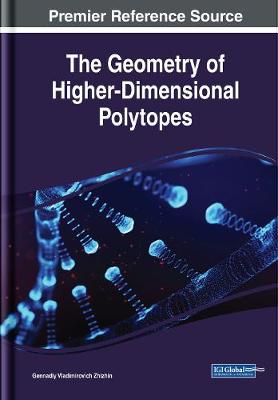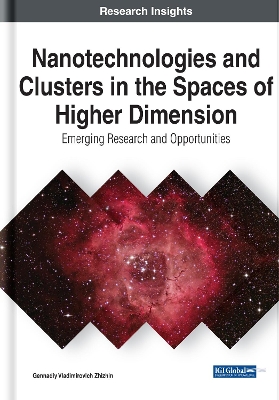Advances in Chemical and Materials Engineering
3 total works
Chemical Compound Structures and the Higher Dimension of Molecules
by Gennadiy Vladimirovich Zhizhin
Published 8 December 2017
Originally, scientists believed that molecules were three-dimensional; however, studies have proven that geometric dimensions are continuous. Therefore, molecules are able to have higher dimensions which influences how they interact with other molecules leading to advances in various fields including nanomedicine, nanotoxicology and quantum biology. Chemical Compound Structures and the Higher Dimension of Molecules: Emerging Research and Opportunities is a pivotal reference work studying the relationship between chemical compounds and dimensional space. Featuring comprehensive coverage across a range of related topics, such as convex polytypes, Euler-Poincare equations, intermolecular interactions, and the Schrodiner equation, this book is an ideal reference source for academicians, researchers, and advance-level students seeking innovative research on molecule dimensions and interactions.
The Geometry of Higher-Dimensional Polytopes
by Gennadiy Vladimirovich Zhizhin
Published 3 August 2018
The majority of the chemical elements form chemical compounds with molecules of higher dimension (i.e., substantially exceeding three). This fact is very important for the analysis of molecular interactions in various areas: nanomedicine, nanotoxicology, and quantum biology. The Geometry of Higher-Dimensional Polytopes contains innovative research on the methods and applications of the structures of binary compounds. It explores the study of geometry polytopes from a higher-dimensional perspective, taking into account the features of polytopes that are models of chemical compounds. While highlighting topics including chemical compounds, symmetry transformation, and DNA structures, this book is ideally designed for researchers, academicians, and students seeking current research on dimensions present in binary compounds.
Research on nanomaterials and their applications has become a trending area in various fields of study and practice. Its properties and abilities open a variety of scientific advancements that weren’t possible in past years. One specific area of research that is benefiting from the implementation of nanotechnology is the study of higher-dimensional compounds that include metallic atoms and other polytypes. There is vast potential in the study of how nanomaterials are currently being used for producing clusters in higher dimensions of space. Nanotechnologies and Clusters in the Spaces of Higher Dimension: Emerging Research and Opportunities provides emerging research exploring the theoretical and practical aspects of the production of intermetallic clusters in high dimensional spaces using nanotechnology. Featuring coverage on a broad range of topics such as intermetallic compounds, incident conservation law, and applied mathematics, this book is ideally designed for practitioners, scientists, engineers, researchers, educators, physicists, mathematicians, students, and academicians seeking current research on the use of nanomaterials in interdimensional science.


